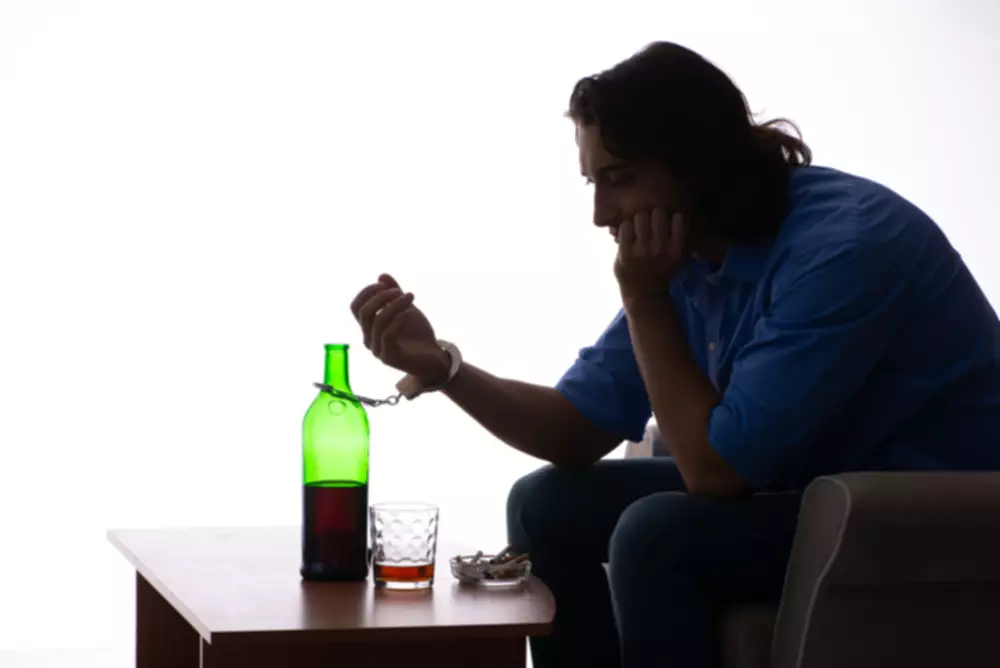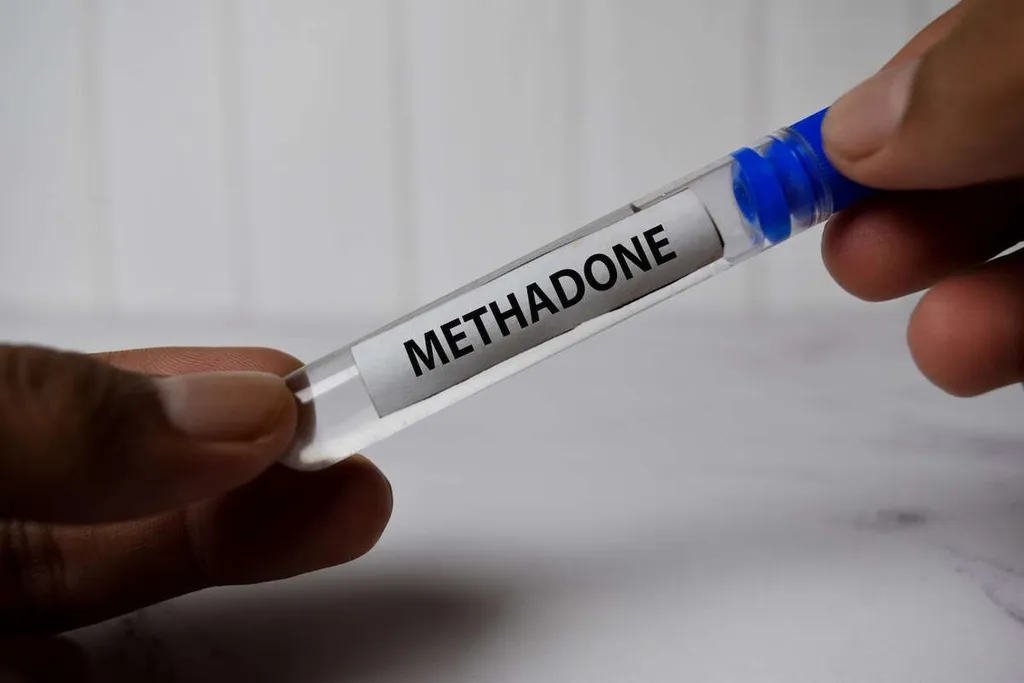Understanding the Dangers of Alcohol Overdose National Institute on Alcohol Abuse and Alcoholism NIAAA

Postal Inspector to determine the source of the ketamine that led to Perry’s alcohol overdose death. Drowning, coronary artery disease and the effects of buprenorphine (a medication used to treat opioid use disorder) were also listed as contributing factors. Perry died from the acute effects of ketamine, according to his official autopsy report, which was released in December 2023. However, the liver only processes a limited amount of alcohol at a time.
How old was Matthew Perry when he died?
However, there are steps you can take to help, and possibly save the person’s life. The good news is that it’s possible to survive alcohol intoxication if appropriate medical treatment is given promptly. After an episode of alcohol intoxication, it takes time to recover. The person will be hospitalized until their vital signs return to normal. Most people call this stage of intoxication being “tipsy.” A person’s BAC at this stage might range from 0.03 to 0.12 percent.
Products & Services
If you suspect an alcohol overdose and the person is unconscious, do not leave them alone. Call 911 if someone you know is experiencing an alcohol overdose. Everybody has different limits, and what’s fatal to one person might not be for another.

Sorting out the health effects of alcohol
Even small increases in BAC can decrease motor coordination, make a person feel sick, and cloud judgment. This can increase an individual’s risk of being injured from falls or car crashes, experiencing acts of violence, and engaging in unprotected or unintended sex. When BAC reaches high levels, amnesia (blackouts), loss of consciousness (passing out), and death can occur. When BAC reaches high levels, blackouts (gaps in memory), loss of Drug rehabilitation consciousness (passing out), and death can occur.
Yes, alcohol overdose happens the first time someone drinks, especially if they consume a large amount quickly. Lack of tolerance and experience with alcohol increases the risk. Yes, eating while drinking slows the absorption of alcohol and reduces the risk of overdose, but it does not eliminate the risk. The California Department of Alcoholic Beverage Control explains that food slows the rate of alcohol intoxication by causing the pyloric valve at the stomach’s bottom to close during digestion. This action prevents alcohol from entering the small intestine, where most of it is absorbed. To prevent an alcohol overdose, drink in moderation, avoid binge drinking, and know your limits.
Treatment
Chronic misuse of alcohol that leads to repeated overdoses significantly increases the risk of developing lasting conditions such as alcoholic hepatitis, fibrosis, or cirrhosis of the liver, which are life-threatening. Treatment for alcohol overdose involves administering oxygen, intravenous fluids, and medications to manage symptoms. In severe cases, the patient requires intubation and mechanical ventilation.

A new study could change what’s considered moderate drinking

Finally, this analysis was exploratory, with no guiding hypotheses; therefore, these findings should be considered hypothesis-generating and warrant confirmation. Occupations and industries with higher percentages of cocaine involvement were those often considered to be less physically strenuous. Geography might also play a role in the overlap between employment in certain industries and co-use of opioids with specific stimulants. For instance, data indicate that recent increases in psychostimulant-involved opioid overdose deaths were most rapid in the Appalachian region (9). Compared with other regions, Appalachia has higher rates of employment in the mining industry (10), which had the highest percentage of psychostimulant involvement of any industry in this study. Conversely, industries with high cocaine involvement, such as education services or healthcare and social assistance, might be less geographically localized.
- People are at a high risk of alcohol poisoning if they consume 12 or more units of alcohol, especially in a short space of time.
- Alcohol overdose, also known as alcohol poisoning, happens when an individual consumes a huge amount of alcohol in a short period, leading to severe impairment of bodily functions.
- Using alcohol with opioid pain relievers, such as oxycodone and morphine, or illicit opioids, such as heroin, is also a very dangerous combination.
- An alcohol overdose, or alcohol poisoning, is caused by an excessive consumption of alcohol within a short time, which results in an increased Blood Alcohol Concentration and, subsequently, liver damage.
- Each contributes to the body’s inability to metabolize alcohol efficiently and safely.
Additionally, never mix alcohol with other drugs, and ensure you eat before and while drinking to slow alcohol absorption. Alcohol overdose, also known as alcohol poisoning, happens when an individual consumes a huge amount of alcohol in a short period, leading to severe impairment of bodily functions. It is considered a medical emergency and needs immediate attention. Signs of alcohol overdose include confusion, vomiting, seizures, slow or irregular breathing, and a blue-tinged or pale skin tone. In severe cases, the person becomes unconscious and unresponsive. The lower recommendation for women isn’t just because they are, on average, smaller than men.
- You can prevent an alcohol overdose by limiting your alcohol intake.
- Alcohol intoxication occurs when a person drinks an excess of alcohol in a short period.
- It can cause symptoms such as confusion, uncoordinated movements, vomiting, urinary incontinence, and trouble breathing.
What Was Matthew Perry’s Cause of Death? Inside the Beloved Actor’s Final Hours — and His Harrowing Alleged Last Words
- However, there are steps you can take to help, and possibly save the person’s life.
- It can feel overwhelming and scary to be in a situation where someone you know or love may be experiencing an alcohol overdose.
- Men are more likely than women to drink heavily, resulting in a greater risk for an alcohol overdose.
- During the recovery period, a person may experience a depressed mood and appetite, discomfort, and memory problems.
These symptoms often occur in stages, depending on how intoxicated a person is. The table below shows common symptoms at each level of alcohol intoxication. It’s a myth that a person can recover from alcohol intoxication by sleeping, taking a cold shower, going for a walk, or drinking black coffee or caffeine. In fact, doing these things can put an intoxicated person at greater risk of injury and death. For a man, binge drinking is when you have five or more drinks in less than 2 hours.
Why Do People Abuse Drugs and Alcohol?
If a person has generally consumed two to three drinks as a man or one to two drinks as a woman in an hour, they’ll enter the euphoric stage of intoxication. Alcohol poisoning happens when there’s too much alcohol in your blood, causing parts of your brain to shut down. You can prevent an alcohol overdose by limiting your alcohol intake. You might consider sticking with one drink or abstaining from alcohol altogether. You don’t need to have all of the symptoms listed above to have an alcohol overdose. If someone’s breathing has slowed to less than eight breaths per minute — or if they can’t be woken up — call 911.
